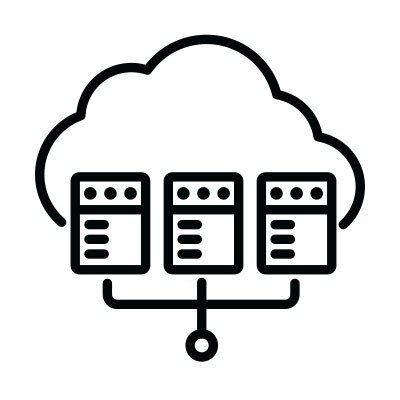Kornerstone Technology Blog
Managing your technology infrastructure can be challenging, but virtualized computing presents an opportunity for you to make considerable changes and progress to a more efficient way of doing so. With the right technology and the right solutions, you can break through barriers previously in place and do some remarkable things with virtualized technology.
With more companies opting to get involved with the “as a service” market, it’s no surprise that Microsoft, one of the world’s leading software companies, went this route with the Microsoft 365 cloud-service offering. Microsoft has been aiming to take their strategy even further with Windows 365, a way for organizations to opt into virtual desktops. Here’s what you need to know about Windows 365.
Businesses today rely on a lot of data, and of course, this data typically isn’t stored all in one place, or even in the same format. Normally, this would make trying to manage this data far more complicated, but modern organizations have a way to simplify their data management: data virtualization.
Virtualization is a key player in today’s efficient workplace. Businesses of all kinds are looking to expand and enhance the way that they function on a fundamental level, and virtualization offers never before seen opportunities to cut down redundancies and implement new methods to improve operations.
When a business undergoes a hardware refresh, it often comes saddled with unexpected costs and downtime. This is sometimes caused by hardware failure, or from unplanned-for data migration. With the advent of virtualized servers, businesses now have a better way to recover from the woes of server refreshes. Rather than purchase new hardware, it’s more economically viable to go with a virtual server that’s hosted in the cloud.
If you’ve recently decided to implement cloud computing for your business, then we commend you. You’ve chosen to use a powerful and dynamic solution for your computing needs. However, choosing to use the cloud and actually implementing the cloud are two entirely different monsters. Now that you have your sights set on the cloud, what do you have to do to get your infrastructure ready for migration?













